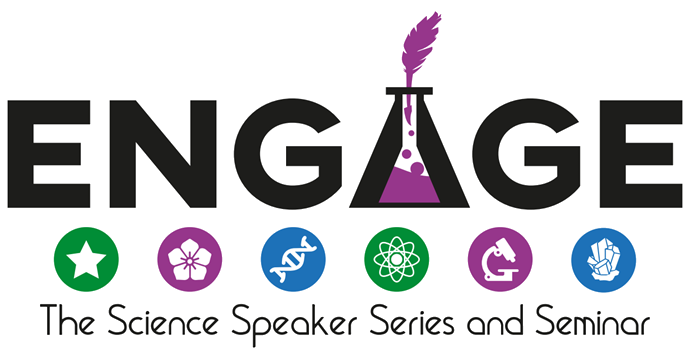Understanding Tuberculosis Risk
By Rachel Kubiak
Tuberculosis (TB) causes more deaths than any other infectious disease in the world and is a major source of illness. TB has lived in humans for thousands of years and has evolved to persist indefinitely in people’s lungs without causing any noticeable health issues. For about 10% of people though, TB infection leads to active disease with symptoms like a fever and cough that progressively worsen and can lead to hospitalization or death. The cough might persist for weeks or months before becoming more serious, allowing the disease to spread to others. George Orwell was sick off and on for 12 years from TB, during which time he wrote Animal Farm and 1984, before succumbing to the disease at age 46.
We know about some of the factors that contribute to a person’s risk of getting active TB. Other diseases that effect your immune system such as HIV infection or diabetes make a person more susceptible to TB. We have volumes of research describing how HIV increases the risk of TB, and we have seen over and over again that diabetes increases the risk of TB. However, we don’t know much about what happens for people with both HIV and diabetes. Moreover, it is increasingly common to have both HIV and diabetes as people with HIV are living long lives thanks to effective treatment and increasing urbanization leads to a more sedentary lifestyle.
As a graduate student in epidemiology, I am studying how HIV and diabetes in South Africa effect the risk of getting active TB. Epidemiologists, like doctors and nurses, work to help people live healthier lives. Doctors and nurses work one-on-one with patients to provide them with treatments that will improve their health. Epidemiologists provide evidence to clinicians of what works and what doesn’t by studying patterns of disease in groups of people. Our public health research methods can distill 1) what causes people to get sick and 2) what can be done about it.
In my research, I’m specifically trying to understand if people who have both diabetes and HIV are more at risk for TB than those who have just one risk factor. If having both diseases makes a person more at risk for TB, then we might want to screen these patients for TB more frequently to find the disease earlier on and provide the treatment they need. If diabetes doesn’t change the risk of TB from HIV, then we know that these patients don’t need a specifically-tailored approach for TB detection and we can focus limited resources elsewhere. This work is ongoing but will hopefully lead to more effective clinical practices that meet the needs of clinicians and patients.

